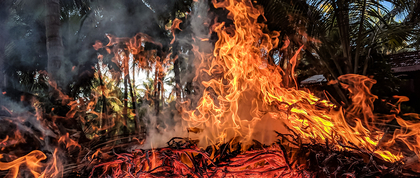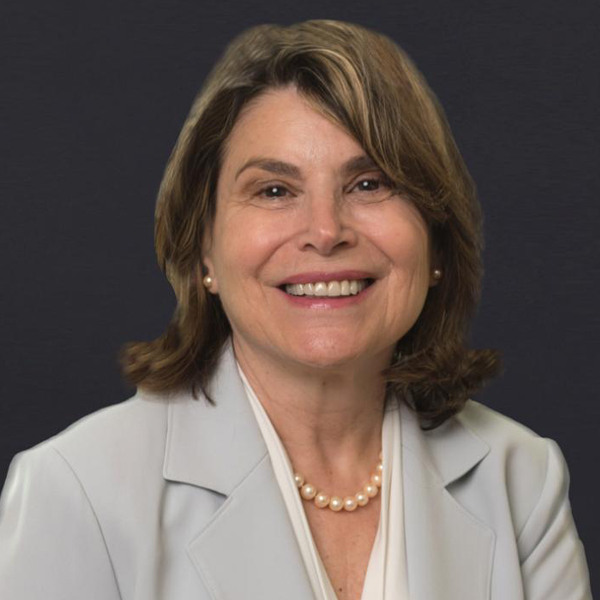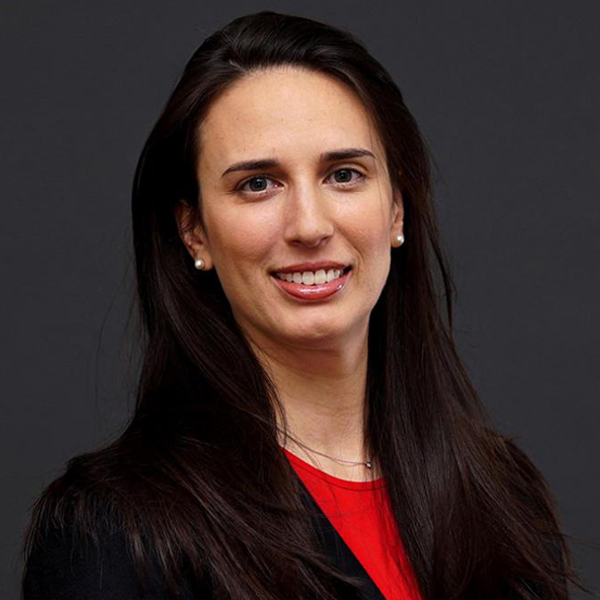
When it comes to recovery from climate disasters such as floods, hurricanes or wildfires, typically the greater the loss, the greater is the challenge to recover. Losses can include personal possessions, homes, businesses, livelihoods and — the most stark and dire outcome — injuries and fatalities.
Fortunately, the U.S. emergency management and response system benefits from decades of research and experience, resulting in a decline in the number of disaster deaths over time. But the number of large-scale, billion-dollar disasters has increased dramatically — 23 so far this year. Much of the monetary loss is actually borne by members of the affected communities. With so many events, how can public health professionals support the recovery of survivors?
Let’s consider the Maui wildfires of August 2023, with 97 deaths and dozens injured from burns or exposure to toxic environmental contaminants. Over 2000 homes and historic structures burnt to the ground, and with an estimated $5.5 billion in losses and large loss of life, the Maui wildfires are the worst natural disaster in Hawai’i since it achieved statehood in 1959.
A principle theory in emergency response is that recovery depends on individual factors, such as the extent of each person’s loss and their level of social support, community factors including organizations that are ready to manage recovery efforts, and national factors offering logistical and financial resources such as Federal Emergency Management Agency (FEMA). Everyone’s needs are different, and needs often go beyond the immediate ones of emergency health care, shelter, food and water.
In practice, many survivors in Maui had to evacuate quickly, leaving behind important personal effects including medications. Rapidly replacing such items is enormously helpful, as are resources (e.g., culturally appropriate foods) and supplies that are actually needed by the survivors. Since the Maui wildfire, the Red Cross has served nearly 200,000 meals and hosted nearly 100,000 overnight stays in shelters. Through the Red Cross, Maui County and FEMA, more than 6,500 survivors are now staying in hotels and timeshare properties, where they can develop plans to return to their homes or other more permanent residences. Financial support for Maui survivors at the federal level includes U.S. Small Business Administration loans of more than $40 million and $21 million in FEMA funds approved for individuals and households.
Another theory of disaster recovery is the recognition that, besides material support, people may need mental health support. Survivors may initially feel stunned and disoriented — in shock, really — and then feel grief before eventually accepting their losses. Until that adjustment is made, though, psychological support may be needed.
A unique way this played out on Maui was that many local people were against opening up to tourism so quickly after the wildfires. They needed time to grieve the loss of their family members and friends, their ancestral land and priceless possessions. However, others needed the income that tourism provide, creating conflict between the two groups. In response, Hawai’i posted a sensitive video urging tourists to visit parts of Maui that were unaffected but limiting access to hot zones, out of respect for the locals who lost so much and are still deeply grieving.
Another principle of disaster science is to mitigate against future similar events. In general, it’s concerning when people return to and rebuild in areas that are clearly ecologically fragile – not only damaged from previous repeated disasters, but climatologically unsustainable. New or returning development should be discouraged, as the economic toll, not to mention the suffering of people through repeated disasters, is incalculable.
As Maui continues of its long road to recovery, calls have been made to return some of the built or damaged environment back to its natural state. Indeed, Native Hawaiians have sounded an alarm for decades that declining agriculture (in favor of tourism and a massive increase in the built environment) has left unmanaged land vulnerable to the spread of non-native grasses that can rapidly burn. Local people want to return the lands to their natural state: the Hawaiian proverb many learned as children is apropos: “E Malama ‘oe I ka ‘Āina, e Malama ka ‘Āina ia ‘oe.” It means “Take care of the land, and it will take care of you.” It remains to be seen whether the government will support the return of extensive acreage to its native state.
Following large-scale disaster events such as the Maui fires, public health practitioners put classroom theory into real-world practice: they advise first responders on protecting themselves from toxic exposures; they collaborate with the Red Cross to set up family reunification centers; they match religious leaders with those in need in order to provide them with spiritual care and/or psychological first aid; and as frontline workers in departments of health, they work in countless ways to support an effective and timely recovery. The work to recover from the Maui fire is only in its infancy, and a multitude of public health experts will be needed to keep #MauiStrong.

Robyn Gershon, MHS, DrPH
Clinical Professor of Epidemiology

Danielle C. Ompad, PhD
Vice Dean for Academic Affairs; Professor of Epidemiology;
Deputy Director of the Center for Drug Use and HIV Research

Alexis Merdjanoff, PhD
Assistant Professor of Social & Behavioral Sciences;
Director of Research for the Center for Public Health Disaster Science
Understanding the Ancestral Context of What Was Lost
Land and water rights are a particularly fraught issue in Hawai’i due to its history of American colonialism. Prior to Western occupation, Lahaina, on Maui, was surrounded by wetlands, and was once the capital of the Hawaiian Kingdom. Descendants of American Christian missionaries who became business owners overthrew the Hawaiian monarchy in 1893 and bought large swaths of land for their plantations of pineapple and sugarcane, as well as for cattle ranches. Water was then diverted to support the plantations and ranches — and later, high-end housing developments.
In the Maui wildfire many residents lost homes that had been in their families for many years. The mortgages (if any) had long been paid off, and meanwhile the land they were situated on had increased dramatically in value. Rebuilding on this now-expensive land would require a large amount of cash and a new mortgage. But the total amount of money that FEMA provides each household following disaster events comes to only about $30,000 — hardly enough for most families to start completely over (e.g., with furnishings, clothing, heavy appliances, cars and more).
Within days of the fires, developers were calling residents of Lahaina and those affected upcountry in attempts to buy up the land. Since the land itself is so valuable (with spectacular vistas and ocean views), real estate speculators are making cash offers to people in Lahaina who used to own homes, and still own the land. But if homeowners lack insurance policies with hefty payouts, they cannot afford to rebuild; many are at risk of losing lands they and their forebears have lived on for generations.